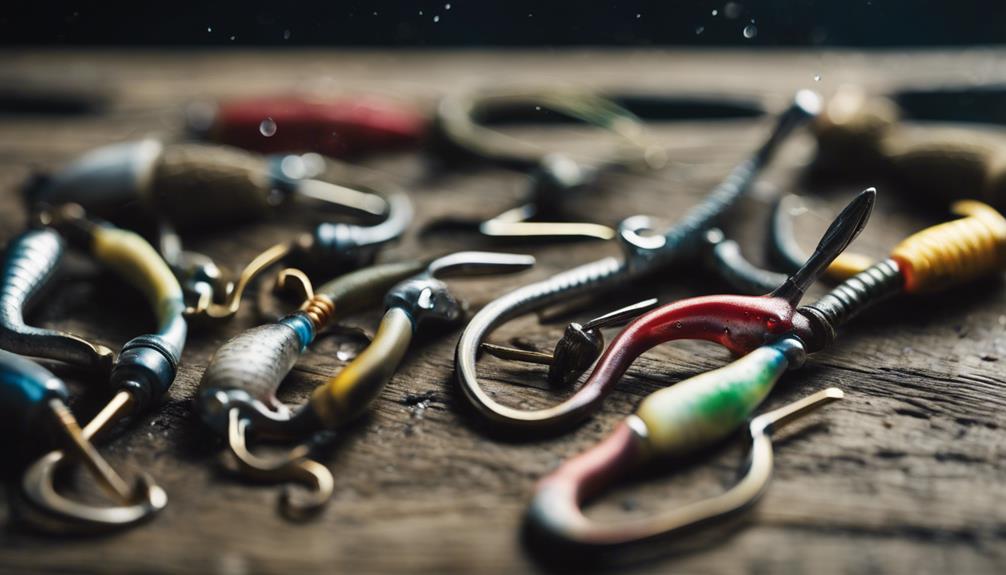Fishing is more than just a hobby; it’s a way to connect with nature, unwind, and even provide a meal for your family. If you’re wondering, “How do I catch a fish?” you’ve come to the right place. This detailed guide will walk you through the essential techniques, tools, and tips you need to become a successful angler. Whether you’re fishing in freshwater lakes, rivers, or saltwater, the principles remain largely the same. Let’s dive into the world of fishing!
Understanding the Basics of Fishing
Before you embark on your fishing journey, it’s crucial to understand the basics of fishing. Fishing involves catching fish for food, sport, or recreation using various techniques and tools. The two primary types of fishing are freshwater and saltwater fishing. Freshwater fishing takes place in lakes, rivers, and ponds, while saltwater fishing occurs in oceans and seas. Understanding the environment you’ll be fishing in is vital, as different fish species thrive in different conditions. Researching local fish populations, their feeding habits, and the best times to fish can significantly improve your chances of success.
Essential Fishing Gear and Equipment
When asking, “How do I catch a fish?” having the right gear is fundamental. Your fishing gear typically includes a fishing rod, reel, line, hooks, and bait. For beginners, it’s advisable to start with a simple spinning rod and reel combo, as it’s versatile and easy to use. Additionally, you’ll need fishing line, which comes in various strengths, and hooks that match the type of fish you’re targeting. Bait can be live (like worms) or artificial (like lures), and the choice depends on the fish species you aim to catch. Don’t forget to include a tackle box to keep your gear organized and accessible.
Choosing the Right Fishing Location
The location you choose can make a world of difference in your fishing success. When pondering “How do I catch a fish?” consider where to cast your line. Research local fishing spots, as different environments attract various fish species. Lakes are great for bass and trout, while rivers can yield catfish and panfish. If you’re near the coast, saltwater fishing can provide opportunities to catch flounder, snapper, and other ocean fish. Always check local regulations and fishing reports to find out the best spots and times for fishing in your area.
Understanding Fish Behavior and Feeding Habits
To effectively catch fish, you need to understand their behavior and feeding habits. Fish are cold-blooded animals, meaning their activity levels are influenced by water temperature. Generally, fish are more active during the early morning and late afternoon when water temperatures are cooler. Additionally, knowing the types of bait that attract specific fish can enhance your chances of catching them. For example, bass are often attracted to plastic worms, while trout may prefer live bait such as minnows. Familiarizing yourself with these behaviors can help you answer the question, “How do I catch a fish?” more effectively.
Techniques for Catching Fish
There are various techniques you can employ to catch fish, each suited for different environments and fish species. One popular method is bait fishing, which involves using live or artificial bait to attract fish. Another technique is fly fishing, which mimics the movement of insects on the water’s surface to entice fish. Casting and retrieving lures is also effective, especially for species like bass and pike. It’s essential to experiment with different techniques and adapt your approach depending on the conditions and fish behavior. The more you practice and learn, the more adept you will become at catching fish.
Safety Tips and Best Practices for Fishing
When you’re out on the water, safety should be your top priority. Always wear a life jacket, especially if you’re fishing from a boat. Familiarize yourself with local wildlife and be aware of potential hazards like strong currents or sudden weather changes. Additionally, practice sustainable fishing by adhering to local regulations, such as catch limits and size restrictions. It’s important to respect the environment and fish populations to ensure future generations can enjoy fishing as well. By following safety tips and best practices, you enhance your fishing experience and contribute positively to the ecosystem.
Enhancing Your Fishing Skills with Practice
Like any skill, fishing improves with practice. The more time you spend on the water, the better you’ll understand how to catch fish. Join local fishing clubs or online forums to share experiences and gain insights from seasoned anglers. Consider taking a fishing class or going on guided fishing trips to learn new techniques and strategies. Remember to keep a fishing log to track your catches, locations, and bait used, as this information will help you refine your skills over time. Ultimately, the more effort you put into learning, the more successful you’ll be when you ask, “How do I catch a fish?”
Conclusion: Your Fishing Journey Awaits
Now that you have a comprehensive understanding of how to catch fish, it’s time to embark on your fishing journey. Remember to equip yourself with the right gear, choose suitable locations, and understand fish behavior. Whether you’re fishing for leisure or sport, the experience can be incredibly rewarding. So grab your gear, head to your nearest fishing spot, and enjoy the tranquility that comes with fishing. With practice and patience, you’ll soon find yourself answering the question, “How do I catch a fish?” with confidence and success.
—
This SEO-optimized blog post on “How do I catch a fish” provides a thorough guide for beginners, covering the essential aspects of fishing while keeping readability and keyword relevance in mind. Happy fishing!
